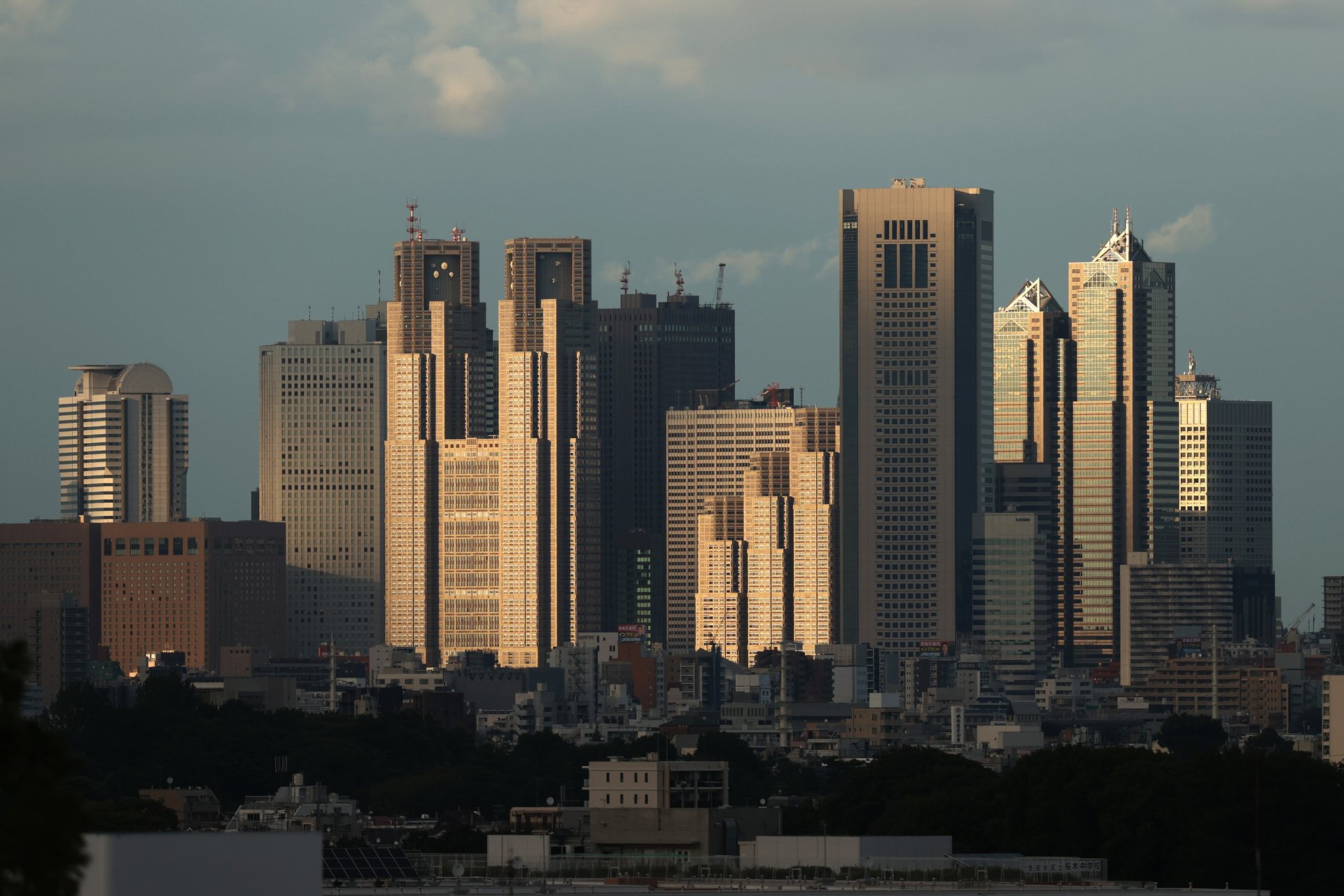Japan's bond selloff is a warning to the world
As yields surge and demand crumbles, Japan is becoming a case study in what happens when investors lose patience with massive deficits

Demand for Japan’s 40-year government bonds plunged Wednesday to its lowest level since last July, reinforcing fears that appetite for ultra-long Japanese debt is evaporating.
Suggested Reading
The lopsided supply-demand dynamic followed a similarly disastrous 20-year auction last week — the worst since 2012 — and comes after a month of heavy selling across Japan’s “super-long” bond market.
Related Content
Together, the flops suggest that confidence in long-dated Japanese government bonds is breaking down, despite an emergency signal from Japan’s Ministry of Finance that it may scale back issuance of longer maturities to calm the market. And briefly, the announcement did soothe rattled investors across the globe, helping to push down yields across Asia, the UK, and the U.S.
Analysts now say Japan’s shift toward issuing bonds with shorter maturities could become a global test case for how governments manage growing fiscal stress. But if Wednesday’s auction is any indication, investors remain unconvinced because demand for long-end debt is still deteriorating. And while it may be less consequential, a storm of chatter on X and YouTube (GOOGL) — where armchair analysts warn of a Japan-led global debt spiral — suggests concerns are resonating far beyond institutional desks.
Here’s a quick explainer.
Yields have surged and demand is evaporating
Japan’s 30- and 40-year bond yields have recently soared to record highs (3.2% and 3.5%, respectively) after years of being stuck near zero. It’s a jarring move for a country where the official policy rate, per the Bank of Japan, is around 0.5%. Auctions are failing, with long-dated debt buyers stepping aside even as supply remains strong.
What’s more, insurers are reeling. Four major Japanese life insurers reported $60 billion in paper losses last quarter, quadruple last year’s total. Nippon Life alone saw $25 billion in unrealized losses.
Government debt is enormous and stagflation is looming
With debt-to-GDP at 260% and the Bank of Japan already owning more than half of outstanding Japanese government bonds, the country’s leadershop boxed in. The BOJ is no longer stepping in to buy more.
Inflation is up while real wages are down and GDP is shrinking. That leaves Japan trapped between raising rates and risking recession, or holding steady and letting inflation and yields run even hotter.
Japan’s bond turmoil may offer a glimpse of what’s ahead for other debt-heavy economies
Like Japan, the U.S. is flooding the market with long-term debt at just the moment buyers are growing fatigued and wary. Last week, low-demand Treasury auctions and a Trump-backed, deficit-swelling tax bill pushed 30-year yields above 5% and 10-year yields past 4.5%.
While yields have since dipped, the bigger problem of too much supply and not enough demand remains. And if Japan can’t sustain confidence even after decades of ultra-loose policy, it raises urgent questions about how other governments plan to survive their own reckoning.